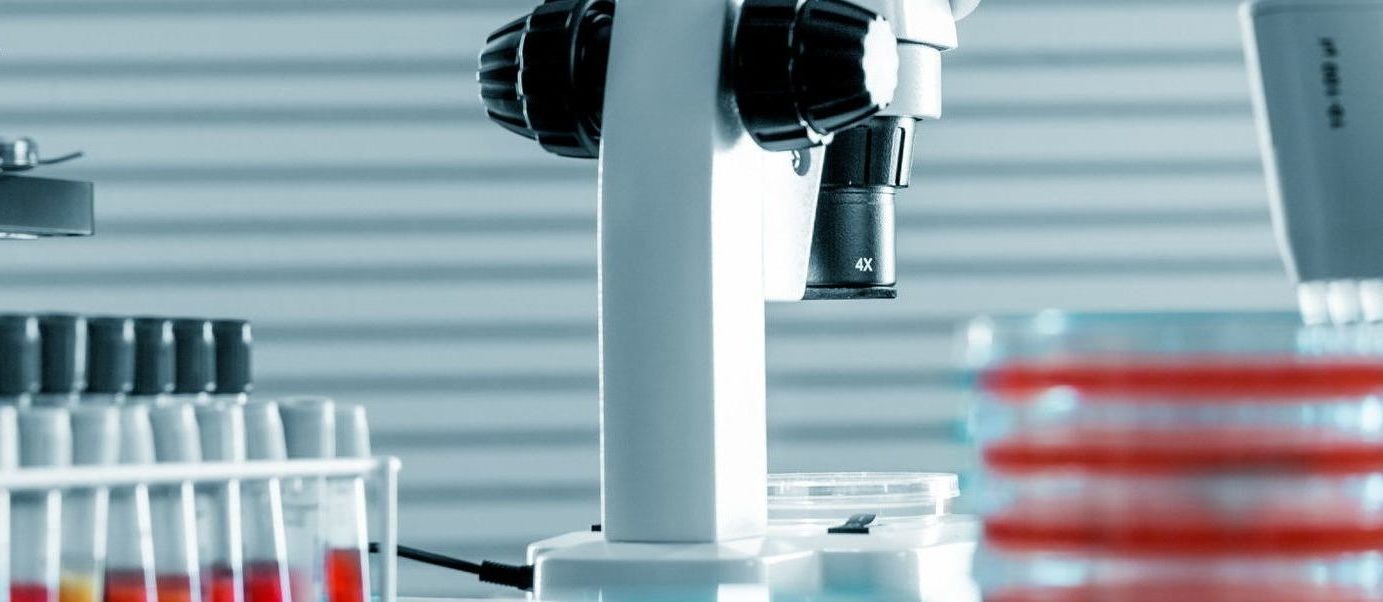Microbiology encompasses the study of disease caused by microbes (bacteria, viruses, fungi and protozoa). As a general rule, to associate disease with an organism it is important to demonstrate the presence of the organism in diseased tissue, and to demonstrate changes within the tissue consistent with an infection by that organism.
This section deals mainly with bacteria and fungi. Viral and protozoal diseases are mainly dealt with elsewhere (e.g. serology).
Bacteria can be found in large numbers in the external environment, and in areas of the body connected to that environment e.g. GIT, vagina, upper respiratory tract; skin. Other tissues are generally sterile in a healthy animal, and there are numerous mechanisms to keep them that way. These may sometimes be by-passed so that normal commensal bacteria and environmental saprophytes (opportunistic pathogens) gain admittance e.g. through trauma or suppression of the immune response. There are some obligate pathogens with virulence factors that allow invasion of the body in the absence of predisposing conditions and some bacteria fall between these 2 extremes.
Bacterial invasion generally results in tissue destruction and inflammation resulting in disease. Additional tests such as histopathology and cytology can be used to support the results of culture and without these it may be difficult to be sure of the significance of a particular isolate.

